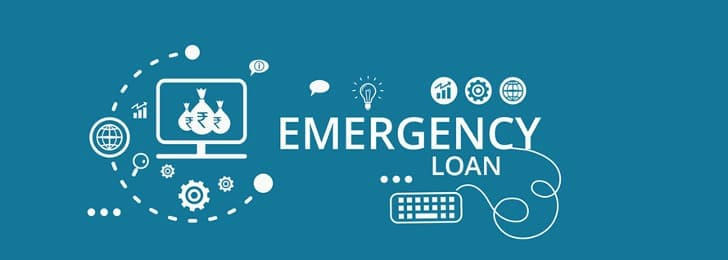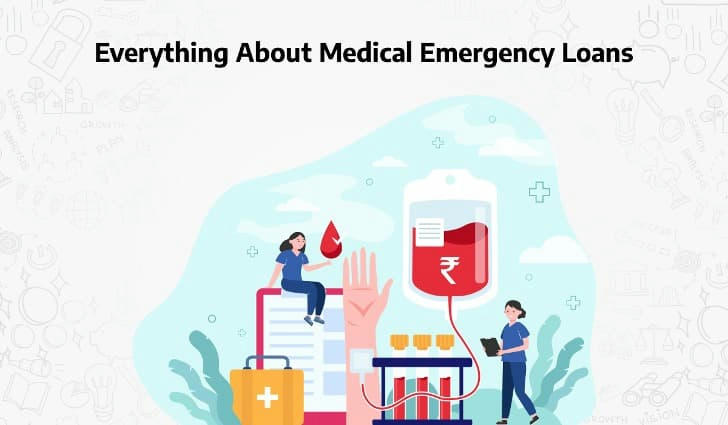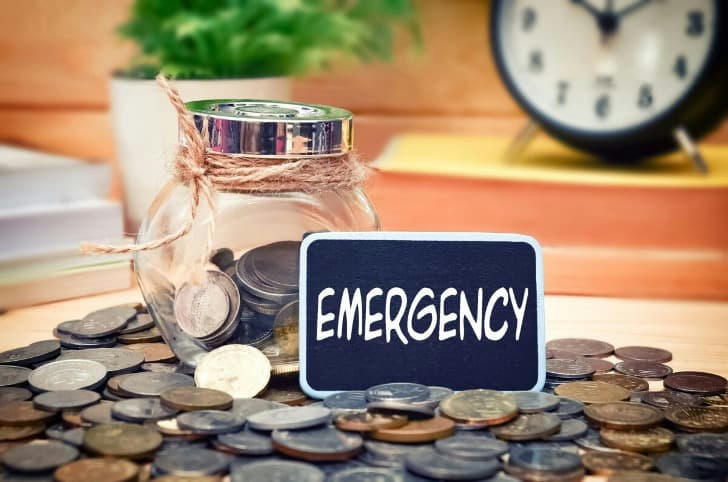Emergency Loans in the United States: Where to Apply
In times of financial crisis, emergency loans can provide a crucial lifeline. Whether it's an unexpected medical bill, car repair, or sudden job loss, emergency loans offer a way to cover urgent expenses when savings fall short. In the United States, there are several channels through which individuals can apply for emergency loans. This article explores the various options available, their pros and cons, and tips for making informed decisions.

Traditional Banks and Credit Unions
Traditional banks and credit unions are among the most common sources of emergency loans. These institutions offer personal loans, which can be used for a variety of purposes, including emergency expenses.
Pros:
Lower Interest Rates: Banks and credit unions typically offer lower interest rates compared to other lenders, especially for borrowers with good credit scores.
Established Reputation: These institutions are well-regulated and have a long history of providing financial services, making them a reliable option.
Flexible Loan Terms: Borrowers can often choose from a range of loan amounts and repayment terms.
Cons:
Stringent Eligibility Criteria: Banks and credit unions usually require a good credit score, stable income, and sometimes collateral.
Lengthy Approval Process: The application and approval process can be time-consuming, which may not be ideal for urgent needs.
How to Apply:
To apply for an emergency loan from a bank or credit union, individuals typically need to provide proof of income, identification, and credit history. Some institutions may also require a face-to-face meeting.
Online Lenders
Online lenders have become increasingly popular due to their convenience and speed. These lenders offer personal loans that can be used for emergency expenses.
Pros:
Quick Approval: Online lenders often provide fast approval and funding, sometimes within 24 hours.
Accessible to Various Credit Scores: Some online lenders cater to individuals with less-than-perfect credit scores.
Convenience: The entire application process can be completed online, from the comfort of home.
Cons:
Higher Interest Rates: Interest rates can be higher, especially for borrowers with lower credit scores.
Less Regulation: Online lenders may not be as tightly regulated as traditional banks, so it's important to research the lender's reputation.
How to Apply:
Applying for an emergency loan from an online lender usually involves filling out an online application form, providing necessary documentation, and agreeing to a credit check. Once approved, funds are typically deposited directly into the borrower's bank account.
Payday Loans
Payday loans are short-term, high-interest loans designed to cover expenses until the borrower's next payday. These loans are typically for small amounts, usually a few hundred dollars.
Pros:
Quick Access to Cash: Payday loans can be obtained quickly, often within the same day.
Minimal Eligibility Requirements: Borrowers usually need only a bank account, proof of income, and identification.
Cons:
Exorbitant Interest Rates: Payday loans are notorious for their high-interest rates and fees, which can lead to a cycle of debt.
Short Repayment Period: Borrowers are typically required to repay the loan by their next payday, which can be challenging.
How to Apply:
To apply for a payday loan, individuals need to provide proof of income, a bank account, and identification. The loan amount is usually deposited into the borrower's bank account, and repayment is automatically deducted on the due date.

Credit Card Cash Advances
Credit card cash advances allow cardholders to withdraw cash from their credit card account, up to a certain limit. This can be a quick way to access funds in an emergency.
Pros:
Immediate Access: Funds can be accessed immediately through an ATM or bank withdrawal.
No Separate Application: Since the cash advance is tied to the credit card, there's no need for a separate loan application.
Cons:
High Fees and Interest Rates: Cash advances typically come with high fees and interest rates, which start accruing immediately.
Credit Limit Impact: Using a cash advance reduces the available credit limit on the card.
How to Apply:
To obtain a cash advance, cardholders can use their credit card at an ATM or request a cash advance from their bank. The amount is then added to the credit card balance, subject to the card's cash advance terms.

Peer-to-Peer Lending
Peer-to-peer (P2P) lending platforms connect borrowers directly with individual investors. These platforms offer personal loans that can be used for emergency expenses.
Pros:
Competitive Interest Rates: P2P loans can offer competitive interest rates, especially for borrowers with good credit.
Flexible Terms: Borrowers can often choose from a range of loan amounts and repayment terms.
Cons:
Credit Check Required: P2P platforms typically require a credit check, which can affect the borrower's credit score.
Variable Approval Times: While some loans are approved quickly, others may take longer, depending on investor interest.
How to Apply:
To apply for a P2P loan, individuals need to create an account on a P2P lending platform, complete an application, and provide necessary documentation. Once approved, the loan is funded by individual investors.
Employer-Based Loans
Some employers offer emergency loan programs to their employees. These loans are typically small and designed to help employees cover unexpected expenses.
Pros:
Low or No Interest: Employer-based loans often come with low or no interest, making them an affordable option.
Convenient Repayment: Repayment is usually deducted directly from the employee's paycheck.
Cons:
Limited Availability: Not all employers offer this benefit, and the loan amounts may be small.
Potential Workplace Dynamics: Borrowing from an employer could potentially affect workplace relationships.
How to Apply:
Employees interested in an employer-based loan should check with their HR department to see if such a program is available. The application process typically involves filling out a form and agreeing to repayment terms.
Nonprofit Organizations and Charities
Certain nonprofit organizations and charities offer emergency financial assistance to individuals in need. These organizations may provide grants or low-interest loans.
Pros:
Low or No Interest: Loans from nonprofits often come with low or no interest.
Support Services: Many nonprofits also offer additional support services, such as financial counseling.
Cons:
Limited Funding: Nonprofits may have limited funds available, and not all applicants will qualify.
Eligibility Requirements: Applicants may need to meet specific criteria, such as income level or type of emergency.
How to Apply:
To apply for assistance from a nonprofit, individuals typically need to complete an application and provide documentation of their financial need. Some organizations may also require an interview or additional information.
Tips for Choosing the Right Emergency Loan
Assess the Urgency: Determine how quickly funds are needed. For immediate needs, payday loans or credit card cash advances may be the fastest options, but they come with higher costs.
Compare Interest Rates and Fees: Look for the most affordable option by comparing interest rates, fees, and repayment terms.
Check Eligibility Requirements: Ensure that the eligibility criteria are met before applying to avoid unnecessary credit checks.
Read the Fine Print: Understand all terms and conditions, including repayment schedules and any penalties for late payments.
Consider Alternatives: Explore other options, such as borrowing from friends or family, before committing to a high-interest loan.
Conclusion:
Emergency loans can be a vital resource during financial crises, offering a way to cover urgent expenses when other options are unavailable. In the United States, individuals have access to a variety of channels for obtaining emergency loans, each with its own set of advantages and disadvantages. Traditional banks and credit unions offer lower interest rates but may have stringent eligibility criteria. Online lenders provide quick access to funds but can come with higher costs. Payday loans and credit card cash advances offer immediate cash but at a high price. Peer-to-peer lending, employer-based loans, and nonprofit organizations provide additional options, each with unique benefits and challenges.
When considering an emergency loan, it's essential to carefully evaluate the options, compare terms, and choose the most suitable solution based on individual circumstances. By making informed decisions, borrowers can navigate financial emergencies more effectively and avoid falling into cycles of debt.
